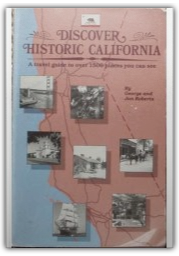
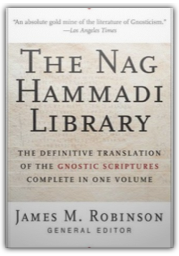
The Nag Hammadi Library was discovered in 1945 buried in a large stone jar in the desert outside the modern Egyptian city of Nag Hammadi. It is a collection of religious and philosophic texts gathered and translated into Coptic by fourth-century Gnostic Christians and translated into English by dozens of highly reputable experts. First published in 1978, this is the revised 1988 edition supported by illuminating introductions to each document. The library itself is a diverse collection of texts that the Gnostics considered to be related to their heretical philosophy in some way. There are 45 separate titles, including a Coptic translation from the Greek of two well-known works: the Gospel of Thomas, attributed to Jesus' brother Judas, and Plato's Republic. The word gnosisis defined as "the immediate knowledge of spiritual truth." This doomed radical sect believed in being here now—withdrawing from the contamination of society and materiality—and that heaven is an internal state, not some place above the clouds. That this collection has resurfaced at this historical juncture is more than likely no coincidence. —P. Randall Cohan 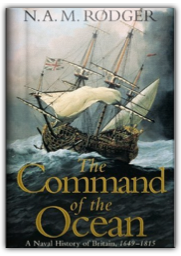
A landmark work on the golden age of sail that illuminates the world of Jack Aubrey and Horatio Hornblower. |
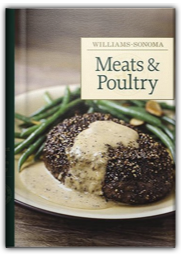
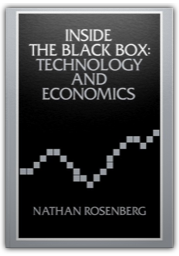
Economists have long treated technological phenomena as events transpiring inside a black box and, on the whole, have adhered rather strictly to a self-imposed ordinance not to inquire too seriously into what transpires inside that box. The purpose of Professor Rosenbergs work is to break open and examine the contents of the black box. In so doing, a number of important economic problems be powerfully illuminated. The author clearly shows how specific features of individual technologies have shaped a number of variables of great concern to economists: the rate of productivity improvement, the nature of learning processes underlying technological change itself, the speed of technology transfer, and the effectiveness of government policies that are intended to influence technologies in particular ways. The separate chapters of this book reflect a primary concern with some of the distinctive aspects of industrial technologies in the twentieth century, such as the increasing reliance upon science, but also the considerable subtlety and complexity of the dialectic between science and technology. Other concerns include the rapid growth in the development of costs associated with new technologies as well as the difficulty of predicting the eventual performance characteristics of newly emerging technologies. 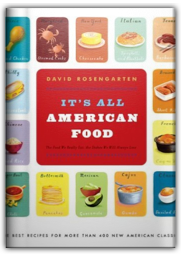
"This is a book about what we eat in America," says David Rosengarten in his cookbook It's All American Food. For Rosengarten, author of The Dean & Deluca Cookbookamong others, this means ethnic specialties like Eggplant Parmigiana and Shrimp Egg Foo Young; regional dishes, such as Philly Cheesesteak, plus barbecue, including Carolina Pulled Pork Shoulder with Two Sauces; and classic American fare like his Best Buttermilk Pancakes and The Ultimatre BLT, which transcends cultural boundaries. Offering more than 400 recipes for coast-to-coast favorites, Rosengarten is at pains to show that our cuisine is endlessly (and admirably) elastic, embracing and transforming traditional, sometimes exotic fare into something distinctly American for which we need not apologize. If he labors this point, Rosengarten has nonetheless done readers a great service in collecting so many characteristic recipes, which have often lacked the thoughtful treatment supplied here. This can mean tweaking more dubious (or degraded) recipes, lightening, for example, General Tso's chicken, or simply finding model formulas, like those for his cobb salad and macaroni and cheese (his recipes sometimes call for convenience ingredients, like banana pudding mix, that signify authentic versions). His section on regional favorites is a mini-guide to the best local dishes from New England to Hawaii, while his ethnic explorations present the food of virtually every group to have settled here—dishes that have gained acceptance, usually, through restaurant interpretations. Rosengarten has, of course, also eyed sweets, and treats such as tiramisu and New York cheesecake are also accounted for. With useful technical illustrations, ingredient notes like Spanish Paprika, and informative asides such as The Perfect Spatezel Method. —Arthur Boehm |

My Library
Collection Total:
1165 Items
1165 Items
Last Updated:
Sep 9, 2009
Sep 9, 2009




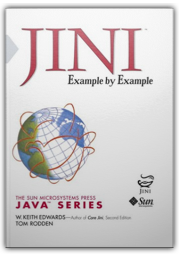

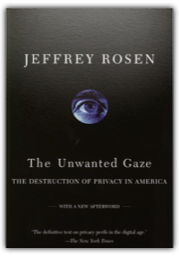

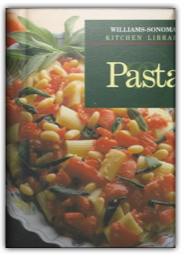
 Made with Delicious Library
Made with Delicious Library